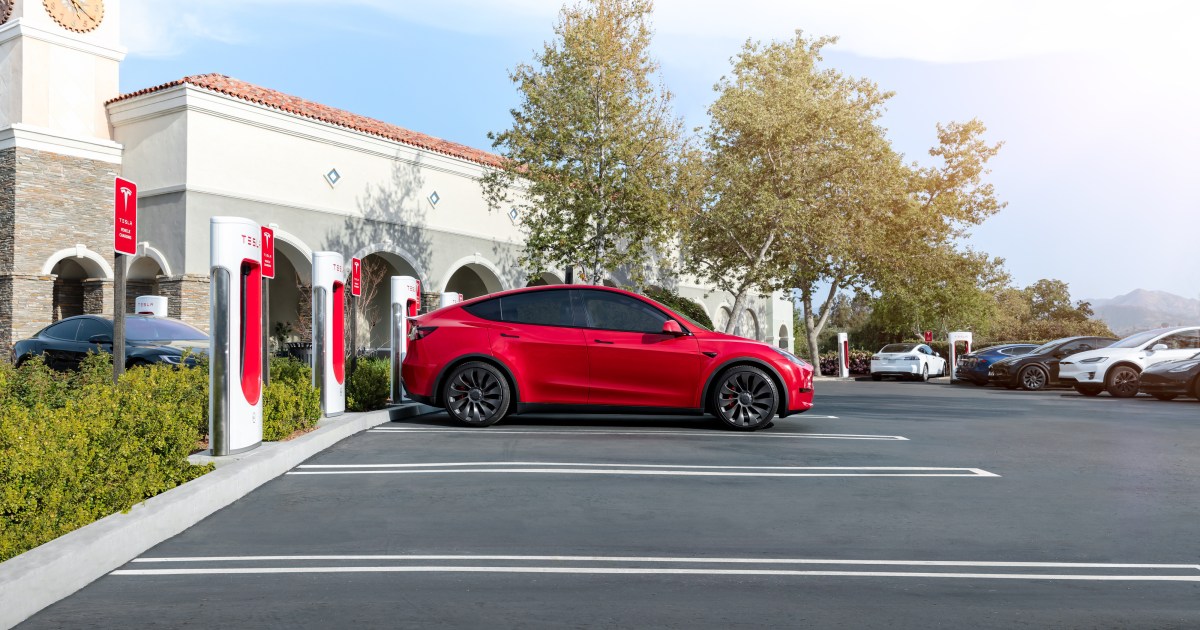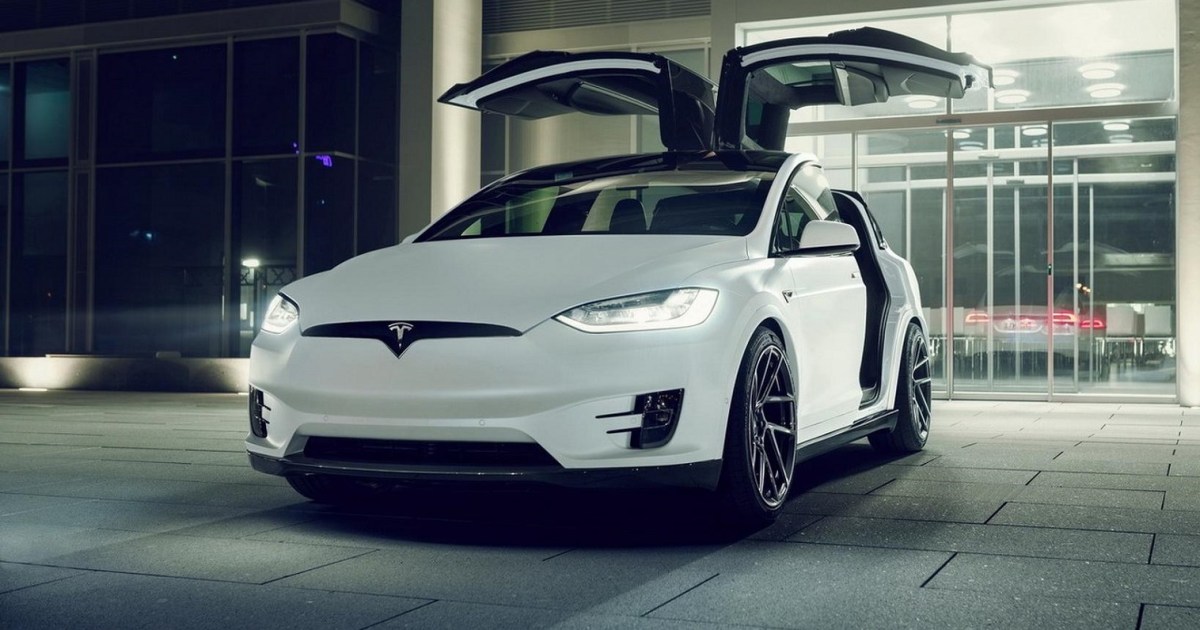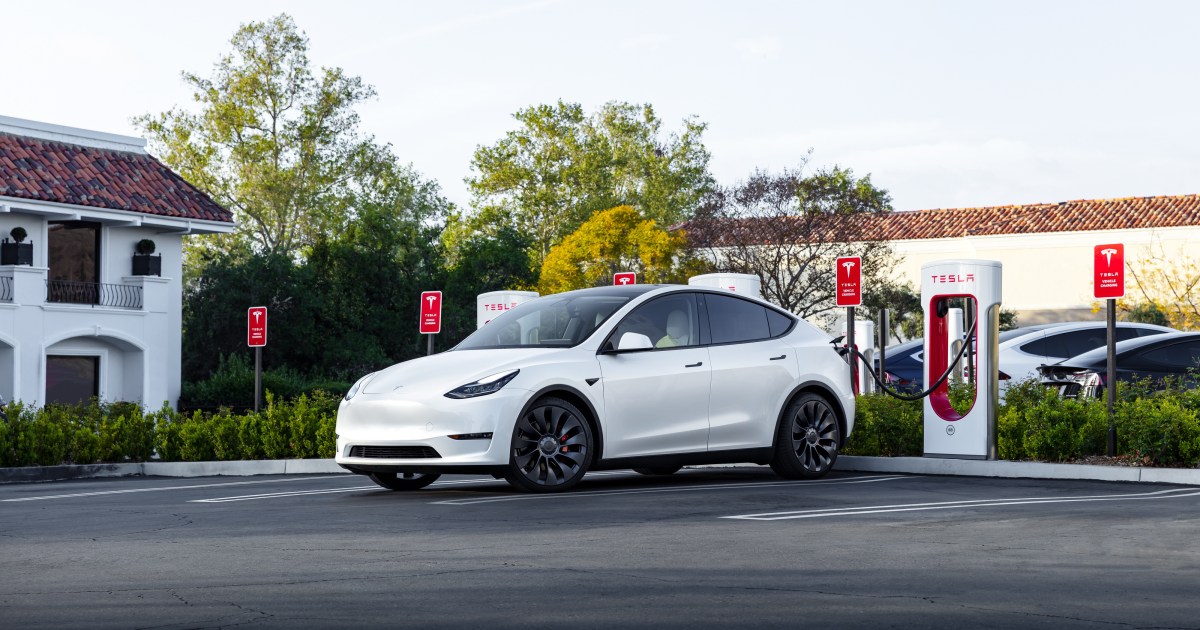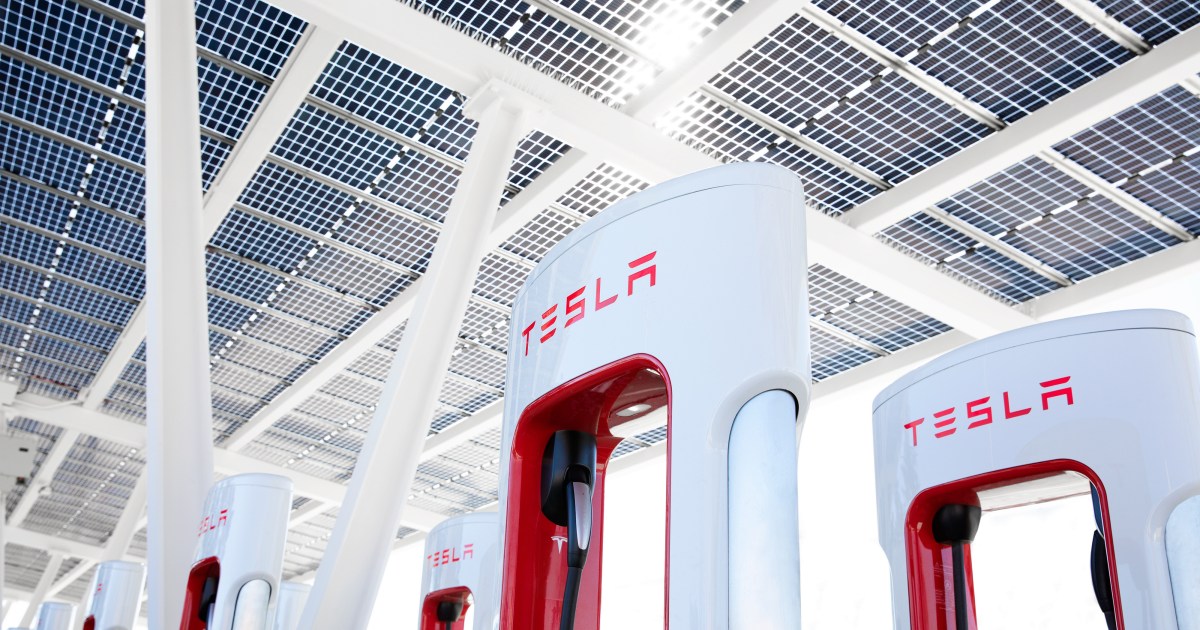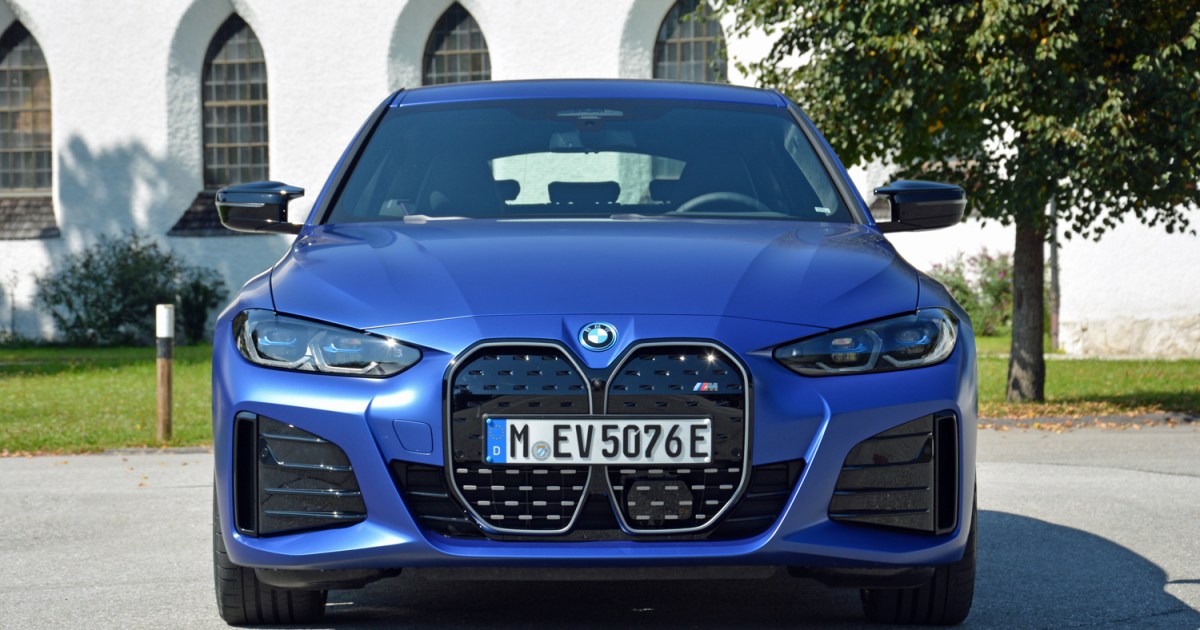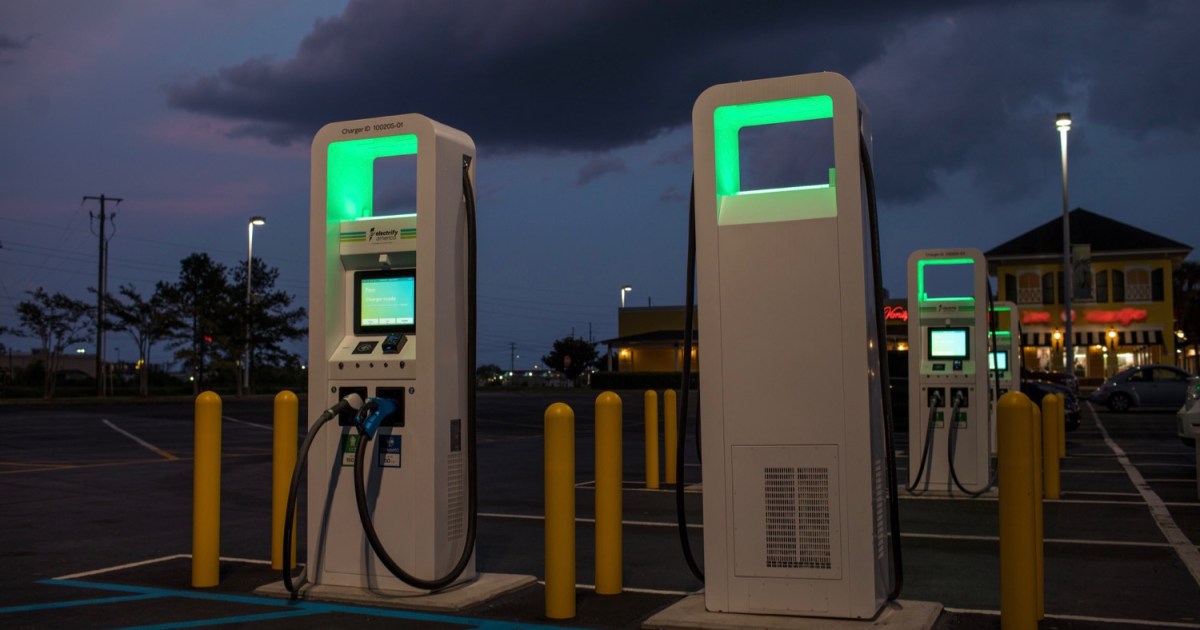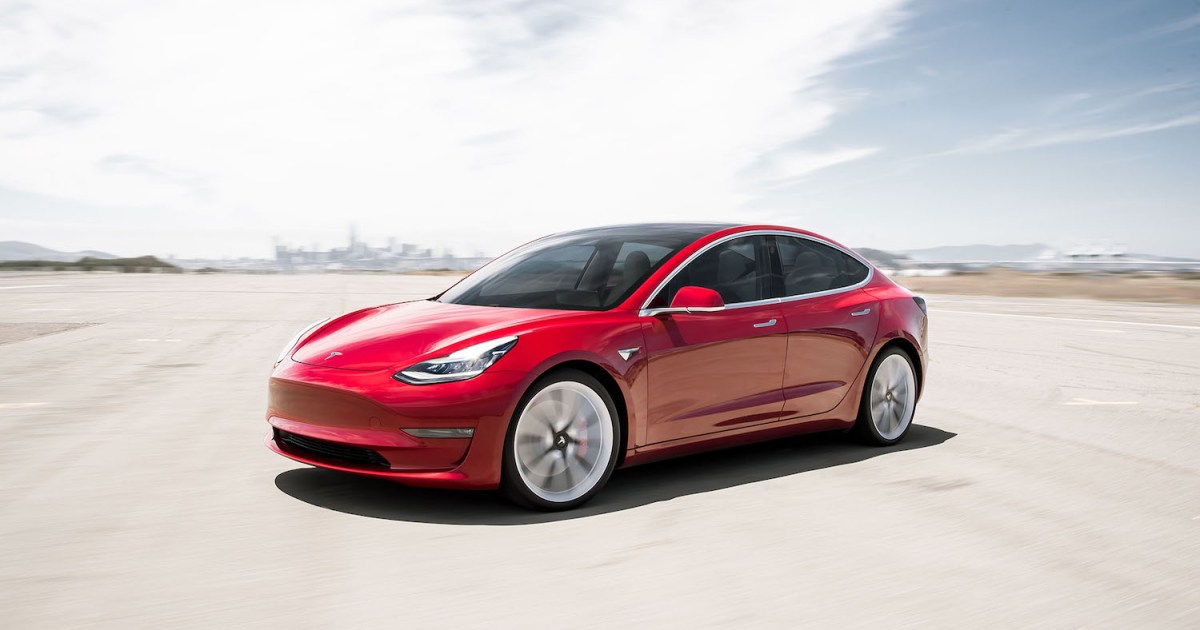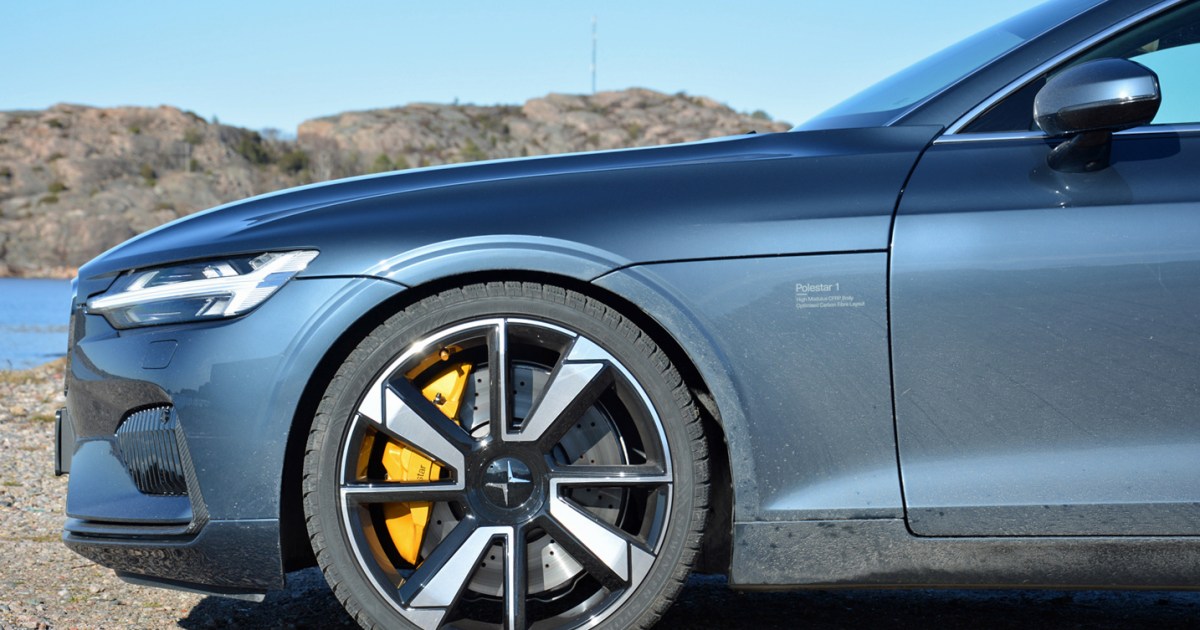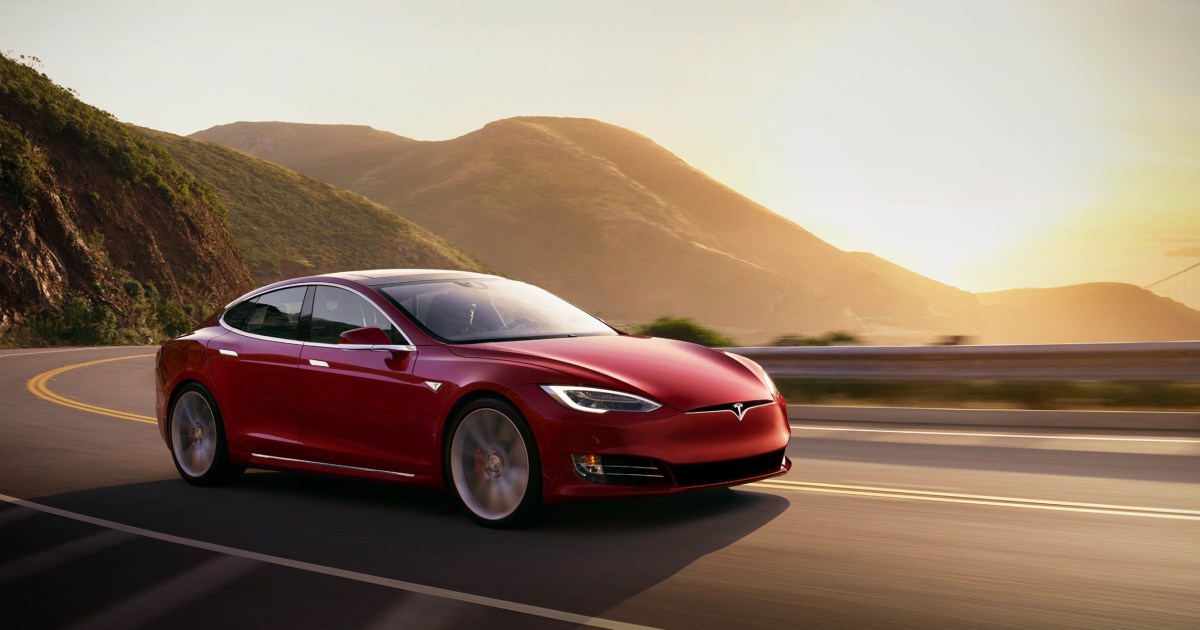Tesla’s dominance in the electric vehicle (EV) market has allowed them to establish a vast and reliable charging network across the U.S., known as the Supercharger network. This network allows Tesla owners to travel long distances with ease, recharging their vehicles conveniently along the way. But what exactly is a Tesla Supercharger, and how does it differ from standard EV charging stations?
This guide provides a comprehensive overview of Tesla Superchargers, covering their types, network, costs, and compatibility with other EVs.
Types of Tesla Superchargers
Tesla Superchargers come in three main variations: V1, V2, and V3. The latest and most advanced is the V3, offering charging speeds up to 250kW, with potential for even faster speeds via future updates. Earlier versions, V1 and V2, support speeds up to 150kW, still significantly faster than many standard EV chargers and capable of charging a Tesla from 0% to 80% in under 30 minutes. While Tesla is developing the even faster V4 Supercharger, V1 and V2 chargers remain operational, ensuring widespread fast-charging availability.
The Expansive Tesla Supercharger Network
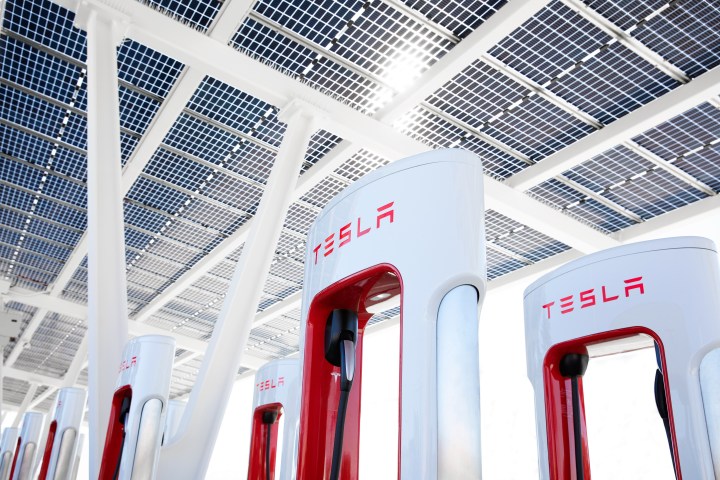 Image: A Tesla vehicle charging at a Supercharger station.
Image: A Tesla vehicle charging at a Supercharger station.
The Tesla Supercharger network isn’t just about speed; it’s about accessibility. With over 40,000 Superchargers globally and more planned, Tesla has created a network that allows for convenient cross-country travel. While some planning may be required, long-distance EV travel is a reality for Tesla owners, and the experience will only improve as the network expands. It’s worth noting that Tesla vehicles can also utilize other charging networks with an adapter, providing even greater flexibility.
The Cost of Supercharging
The cost of using a Tesla Supercharger isn’t fixed. Like gasoline prices, Supercharger costs fluctuate based on location, time of day, and even hour. Billing methods also vary, with some stations charging per minute and others per kilowatt-hour (kWh). This makes it difficult to give a definitive price.
However, a general estimate is around $0.25 per kWh. This means a full charge typically costs under $20, with partial charges costing even less. EV charging apps can provide real-time cost information for specific stations, aiding in budget planning. While Tesla previously offered free unlimited Supercharging for some models, this perk has been discontinued.
Supercharger Compatibility
Currently, Tesla Superchargers are exclusively designed for Tesla vehicles. While Tesla owners can use other charging stations with an adapter, the reverse isn’t generally true. Tesla is piloting programs to open its Supercharger network to other EVs in limited areas, but widespread compatibility remains uncertain. The main barrier is the distinct charging connector used by Tesla vehicles. While this connector is no longer proprietary, non-Tesla EVs currently predominantly use the CCS plug, the prevailing standard in the U.S.
Conclusion
Tesla Superchargers play a vital role in the EV landscape, providing Tesla owners with a reliable and convenient fast-charging solution for both short trips and long-distance travel. The extensive network, coupled with continuous development and improvements in charging speeds, reinforces Tesla’s position at the forefront of the EV revolution. While cost and compatibility remain evolving factors, the Supercharger network stands as a key advantage for Tesla owners.



